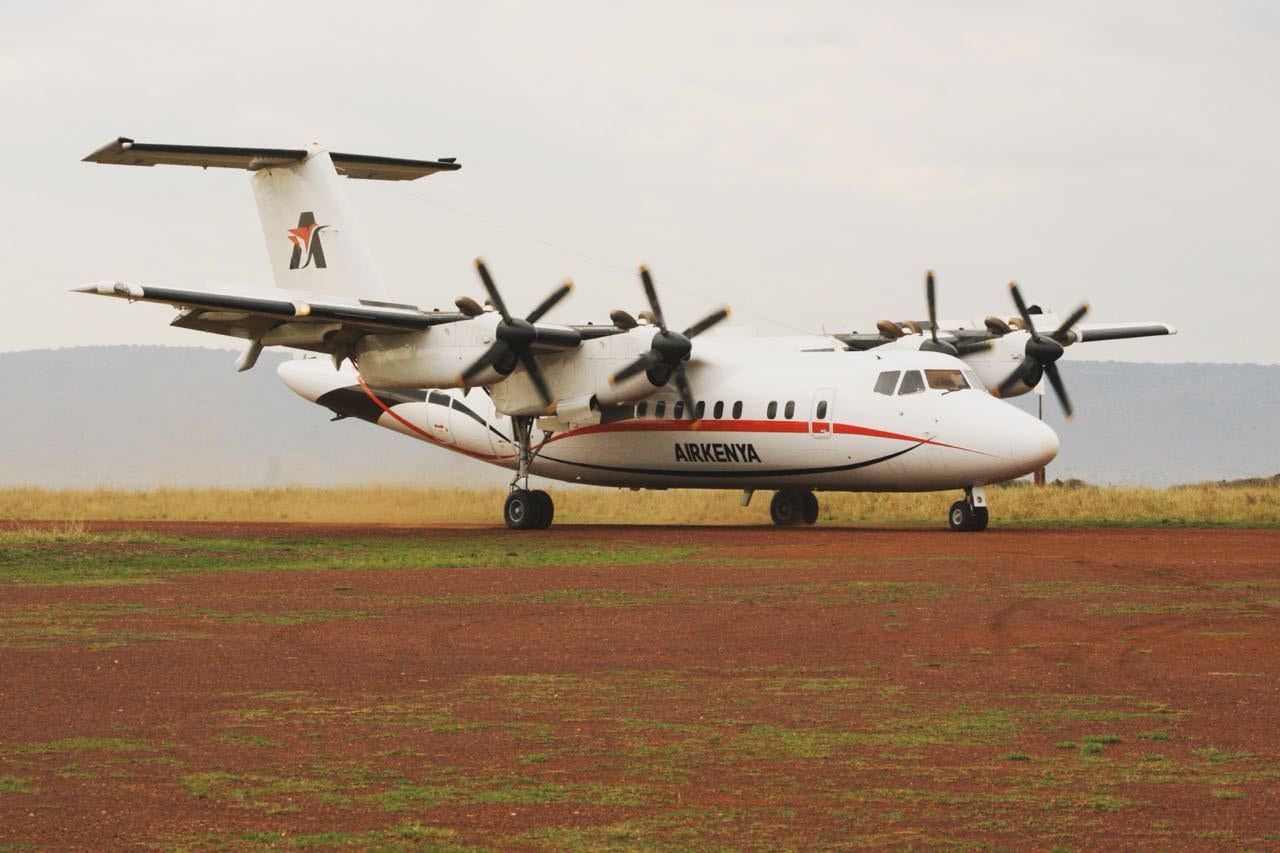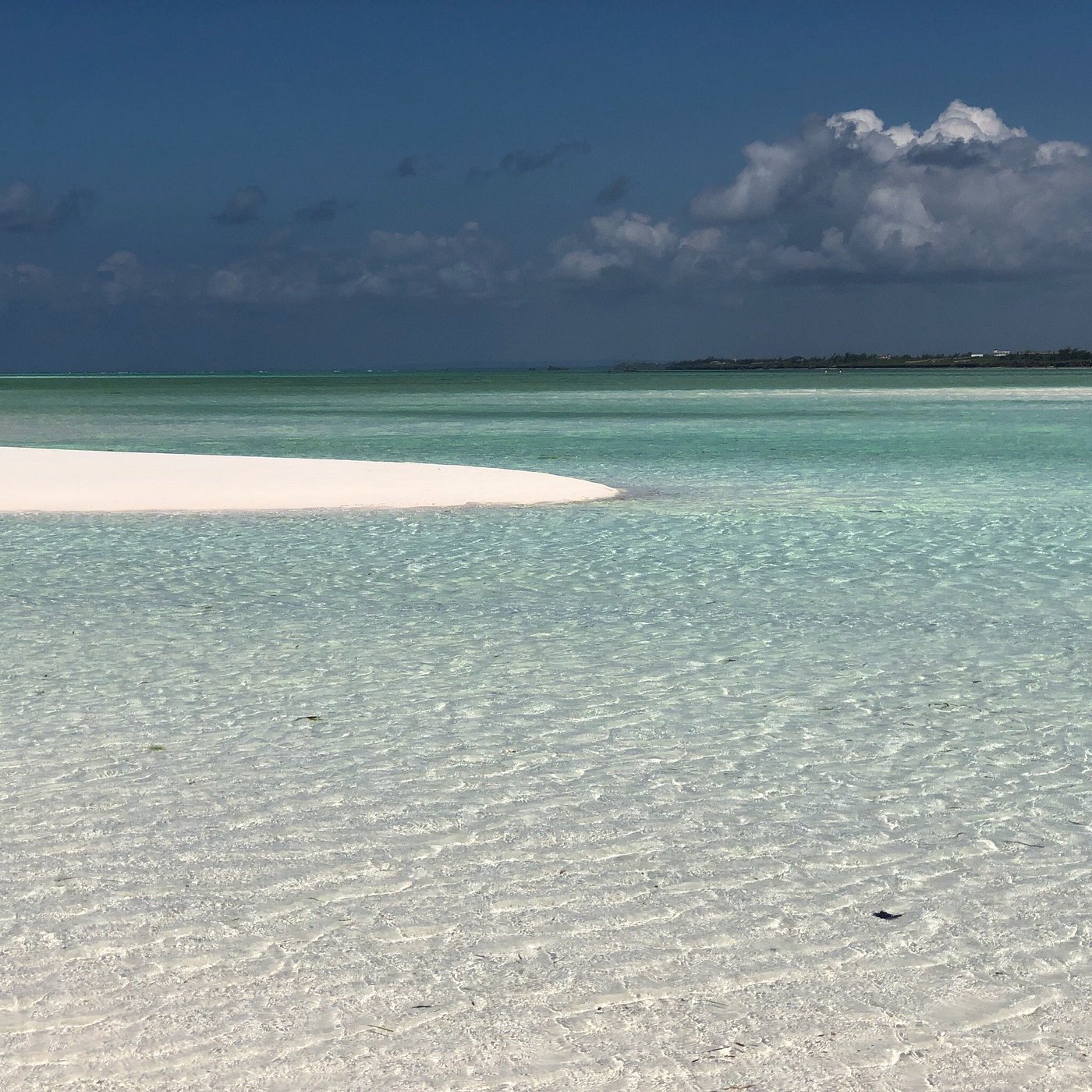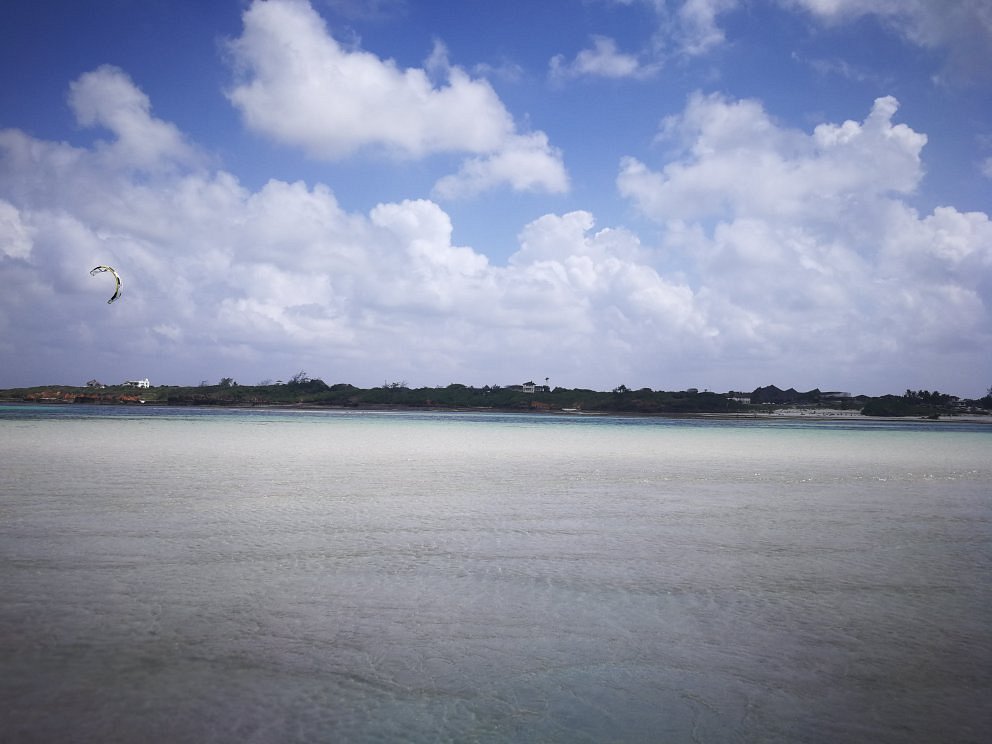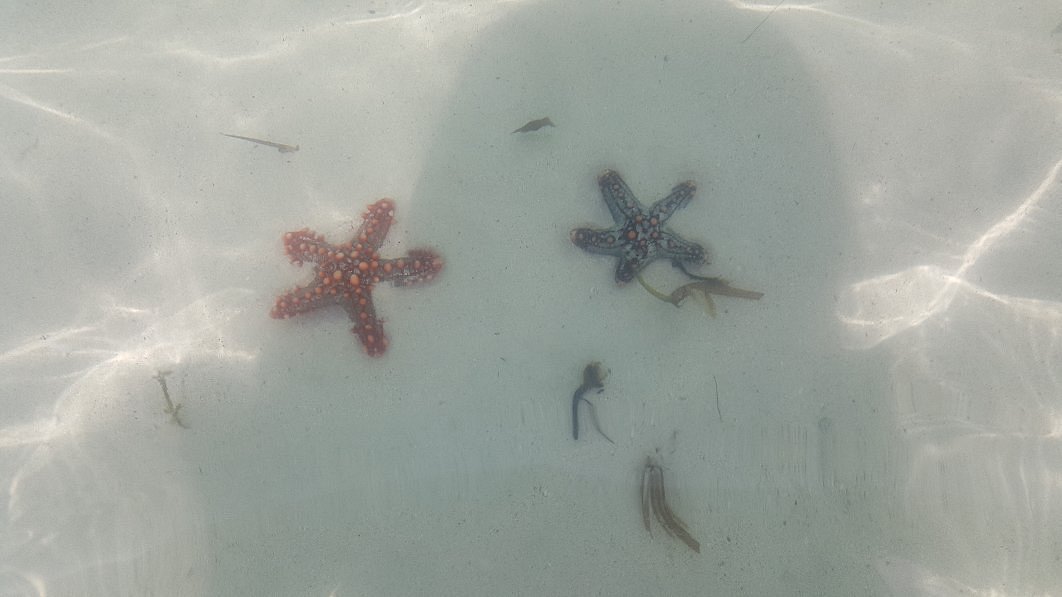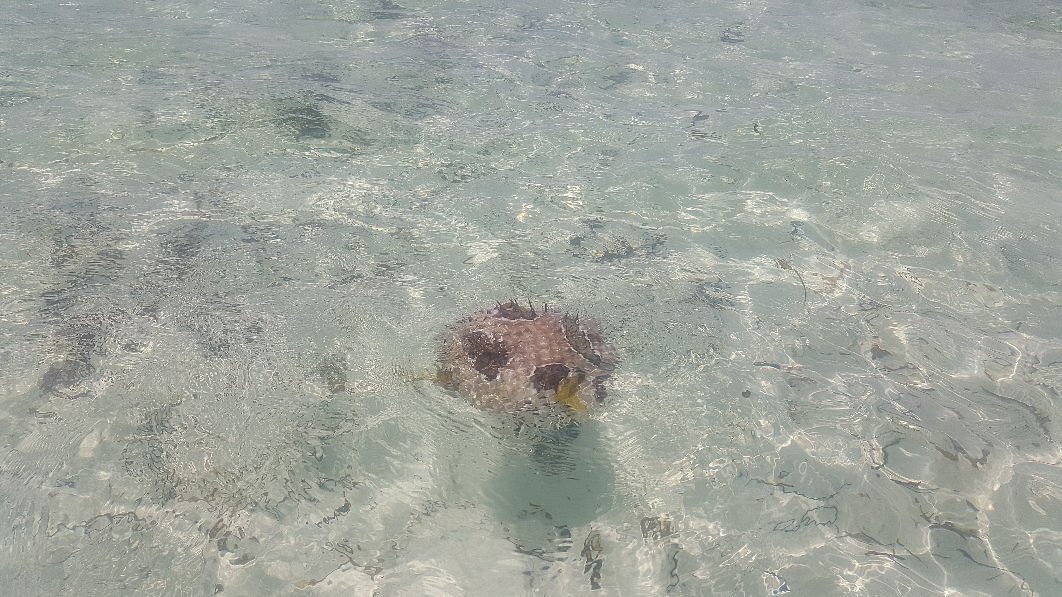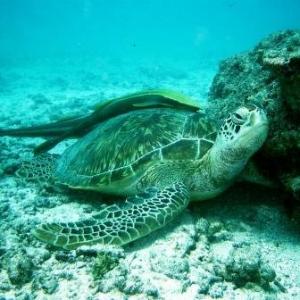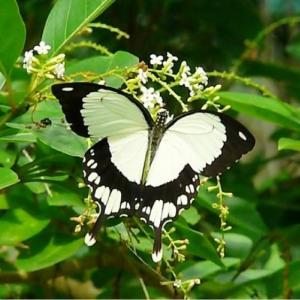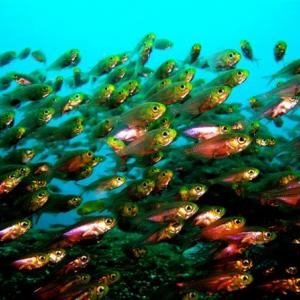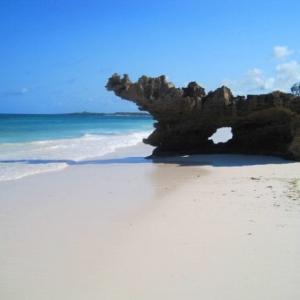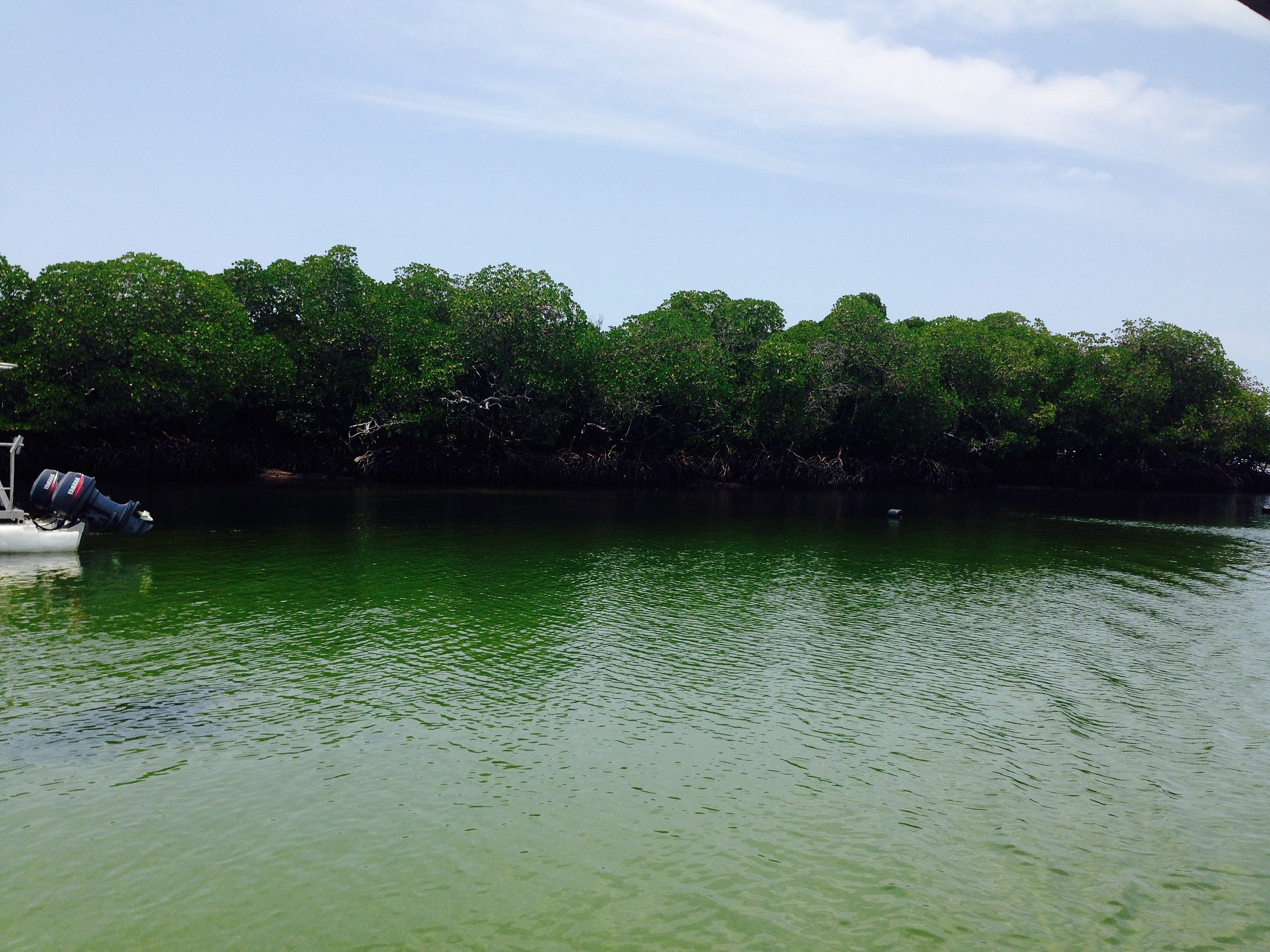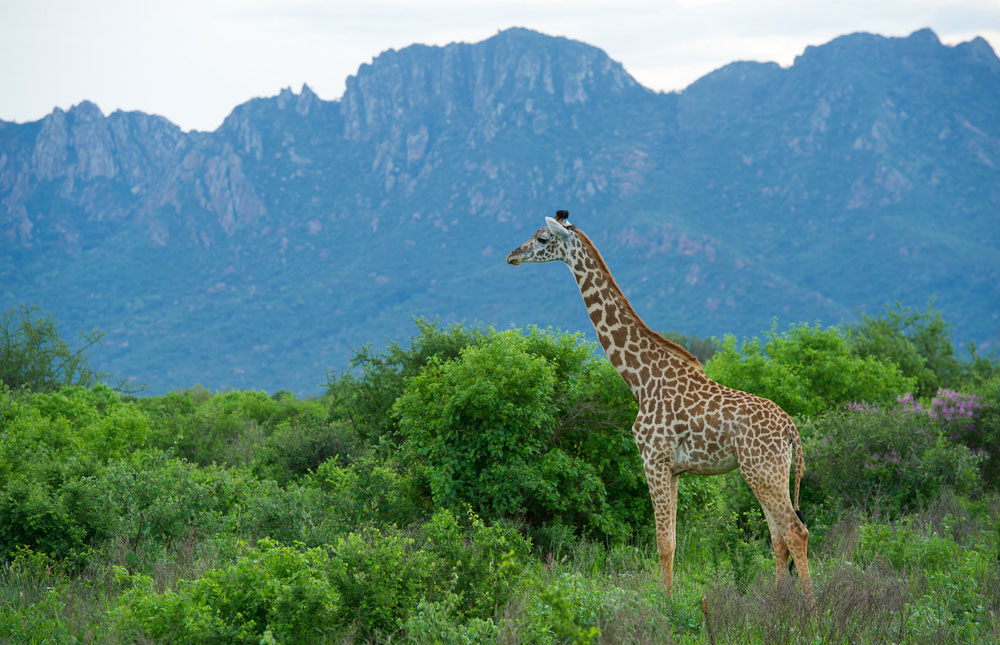
Watamu Marine National Park
Overview
Watamu Marine National Park and Reserve is a premier coastal haven located in Kenya, renowned for its stunning marine biodiversity and vibrant ecosystems. Established in 1968, it stands as one of Kenya's pioneering marine parks, situated about 90 miles north of Mombasa, Kenya's second-largest city. Nestled along the Indian Ocean coastline near Watamu in Kilifi County, this protected area spans approximately 10 square kilometers (3.86 square miles), integrating both marine and terrestrial habitats.
The park's marine zone stretches from the shoreline to about 3 nautical miles offshore, safeguarding a spectacular coral reef system. This underwater realm boasts a rich tapestry of marine life, including colorful coral reefs, tropical fish, and elusive sea turtles. The park is a crucial habitat for endangered species like the green sea turtle and the hawksbill turtle. Above water, the park features pristine sandy beaches and lush coastal vegetation, offering a serene escape into nature.
Visitors to Watamu Marine National Park and Reserve can engage in a variety of activities such as snorkeling, scuba diving, and glass-bottom boat tours, which provide up-close views of the vibrant marine ecosystems. The park is also known for its well-maintained nature trails and birdwatching opportunities, where one might spot species such as the sacred ibis and the white-cheeked turaco.
With its pristine coral reefs, rich marine biodiversity, and tranquil coastal settings, Watamu Marine National Park and Reserve offers an unforgettable experience for nature lovers and adventure seekers alike.
Park access
From Mombasa: The most common route is to drive from Mombasa to Watamu, which is approximately 120 kilometers (75 miles) north of Mombasa. The journey takes around 2 to 3 hours, depending on traffic and road conditions. You would typically take the Mombasa-Malindi Highway (A109) northwards, then follow signs to Watamu once you reach the coast.
From Malindi: If you're coming from Malindi, Watamu is located about 20 kilometers (12 miles) south of Malindi. The drive takes approximately 30 minutes to an hour, depending on traffic.
If you prefer air travel, you can charter a flight to Malindi Airport or Malindi Airport (also known as Malindi Airport). From there, you would need to arrange for ground transportation to Watamu.
Park gates
Blue Bay Beach Park Entry
Turtlebay Beach Park Entry
Park attractions
Snorkeling and Diving: Guided snorkeling and diving trips allow visitors to explore the vibrant coral reefs and encounter a diverse array of marine life up close.
Glass-Bottom Boat Tours: For those who prefer to stay dry, glass-bottom boat tours offer an opportunity to view the underwater world from the comfort of the boat's transparent bottom.
Boat Safaris: Boat safaris provide opportunities to spot marine mammals such as dolphins and whales, as well as explore nearby islands and coastal landmarks.
Birdwatching: Watamu Marine National Park is home to a variety of coastal bird species, making it a popular destination for birdwatchers. Visitors can spot seabirds, waders, and other avian species along the shoreline and in the mangrove forests.
Beach Relaxation: The park's pristine beaches offer the perfect setting for relaxation, sunbathing, and picnicking amidst the natural beauty of the coast.
Park wildlife
The park is renowned for its spectacular coral reefs, which are among the healthiest and most diverse in East Africa. The coral reefs of Watamu are part of the larger Malindi-Watamu Reef system, which stretches along the Kenyan coast. These reefs support a rich variety of marine life, including colorful fish, corals, sea turtles, dolphins, and other marine creatures.
The coral reefs are home to over 600 species of fish, ranging from small reef fish to larger predators such as barracudas and reef sharks. Visitors to Watamu Marine National Park can snorkel or dive among the reefs to explore this underwater paradise and encounter an incredible array of marine biodiversity.
In addition to coral reefs, Watamu Marine National Park also protects important mangrove forests and seagrass beds along the coastline. These habitats provide vital nursery areas for fish and other marine species, as well as serving as feeding grounds for sea turtles and dugongs.
Camping
No camping facilities

